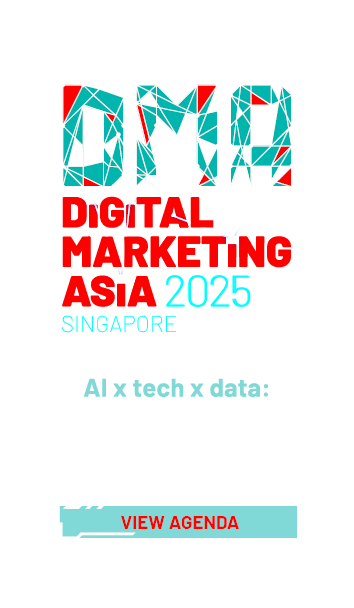



Why we need to shift conversations from brand safety to suitability
share on
While brand safety is not new to the world of digital marketing, the conversation is in need of a shift from safety to suitability, said Mattias Spetz, global president of Channel Factory.
During a recent visit to Singapore, Spetz shared with MARKETING-INTERACTIVE that the conversation around safety often carries a negative connotation, and rightfully, should simply become a part of any brand’s hygiene.
Don't miss: Tired of brand safety issues?
What marketers often forget however is that brand safety needs to be customised to suit their ethos. “What is important today is to decide what is suitable and acceptable by your brand. Not the platform. Suitability is so different for every firm, and should be decided individually as a company,” he said.
However, companies are often uncertain when posed with the question around what is deemed suitable for their brand, and the parameters they can play within.
For these companies, Spetz advises them to open up their HR handbooks and read the code of conduct. He said:
Convert that into brand suitability parameters. This will give you guidance on what your values are and what to steer away from some.
The never-ending keyword blocklist
Brands today are hyper-focused on protecting their image and reputation and this has resulted in them turning to keyword blocklists to avoid unpredictable or controversial topics online.
But instead of simply adding words to the list, brands must have a constant review process of the words they are blocklisting, argued Spetz.
“Brands need to review their exclusion list every week to remove topics that are not considered dangerous anymore. One of the first things we do is define how your exclusion list work and when the last time was that you updated the list. Usually, the list just gets longer and longer,” he said.
In fact, according to a report by IAS and MAGNA, ads near exclusion list content often scored well in regards to content alignment as being likable, high quality, and gaining attention.
It also found that 79% of consumers said that ads near the exclusion list content were high quality and that 71% of consumers said the ads near the exclusion list content caught their attention.
These results depict that marketers are often losing interested audiences due to their over cautious keyword blocklisting.
Another aspect to consider is the message being put out to those working within the ad industry. Spetz explained that despite championing diversity within the community, sometimes, individuals working on the exclusionary list often end up blacklisting their own communities.
“The executives that are creating this exclusion safety list are often blacklisting their own communities, and they know it. So, it is worth asking, as an industry, what kind of message are we giving to young talent entering?” he said.
What are the plans for Channel Factory?
While Channel Factory has had a presence in Asia for the past few years, this is the company’s first real push in the Southeast Asia market. The company bolstered its APAC leadership by naming Kevin Rooney as managing director for Southeast Asia and India.
In his new role, Rooney will assume overall responsibility for SEA with Indonesia, Thailand, and Malaysia hot on his radar for growth. Rooney brings over 20 years of experience in sales, leadership and marketing. He has also worked across WPP agencies for over 19 years with his former role being APAC CEO for mSix and Partners.
Currently, Channel Factory has offices across the USA and a presence in over 30 countries worldwide. Channel Factory is a global technology and data platform that maximises both performance efficiency and contextual suitability and alignment, turning YouTube’s five billion videos and 500 hours per minute of new content into brand-suitable, efficient advertising opportunities.
Related articles:
What the 2024 marketing talent scene looks like, according to a recruitment firm
Think experience design, not event planning when it comes to event marketing
How to use rebranding as a tool for business transformation
share on
Free newsletter
Get the daily lowdown on Asia's top marketing stories.
We break down the big and messy topics of the day so you're updated on the most important developments in Asia's marketing development – for free.
subscribe now open in new window
